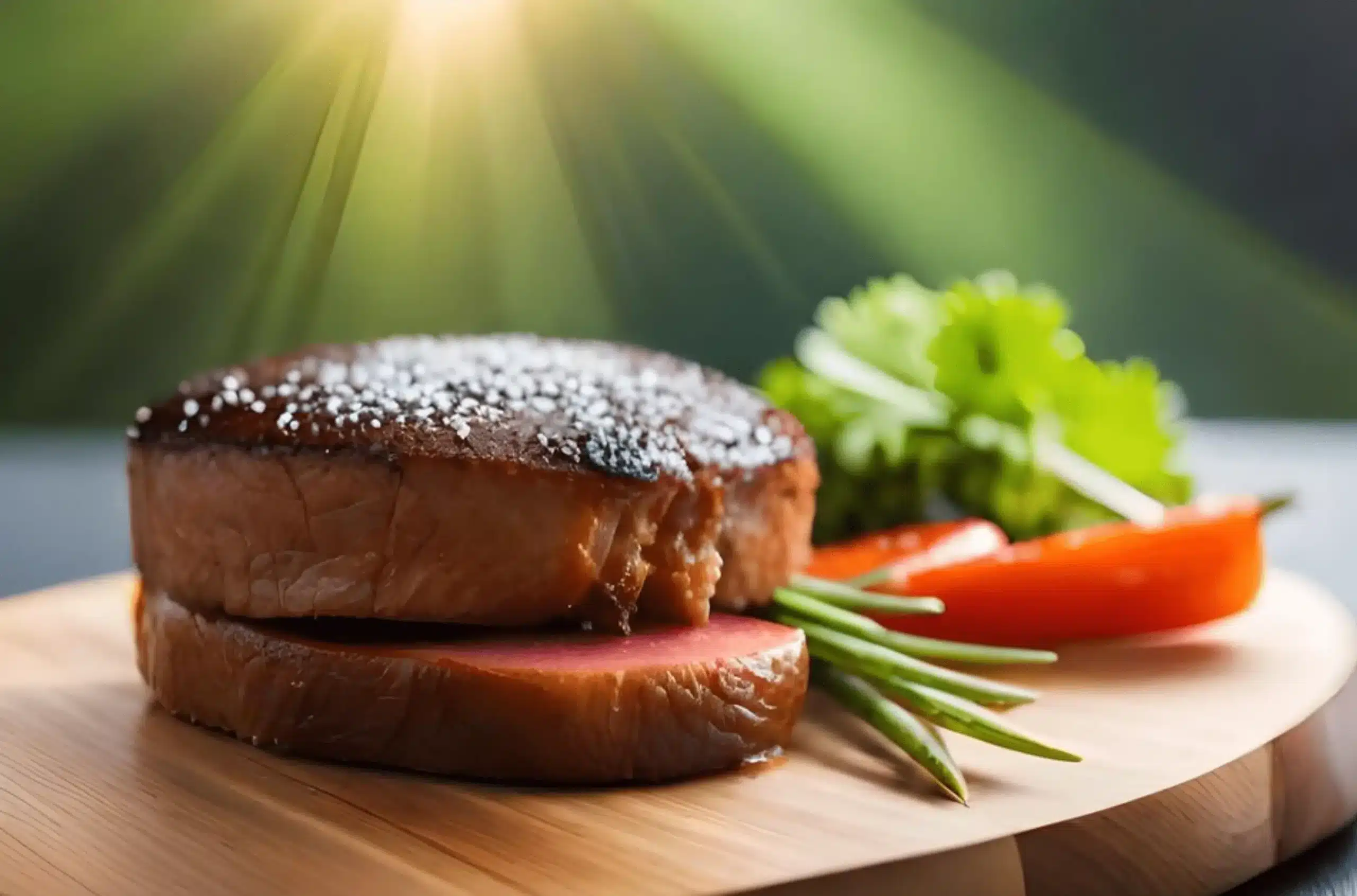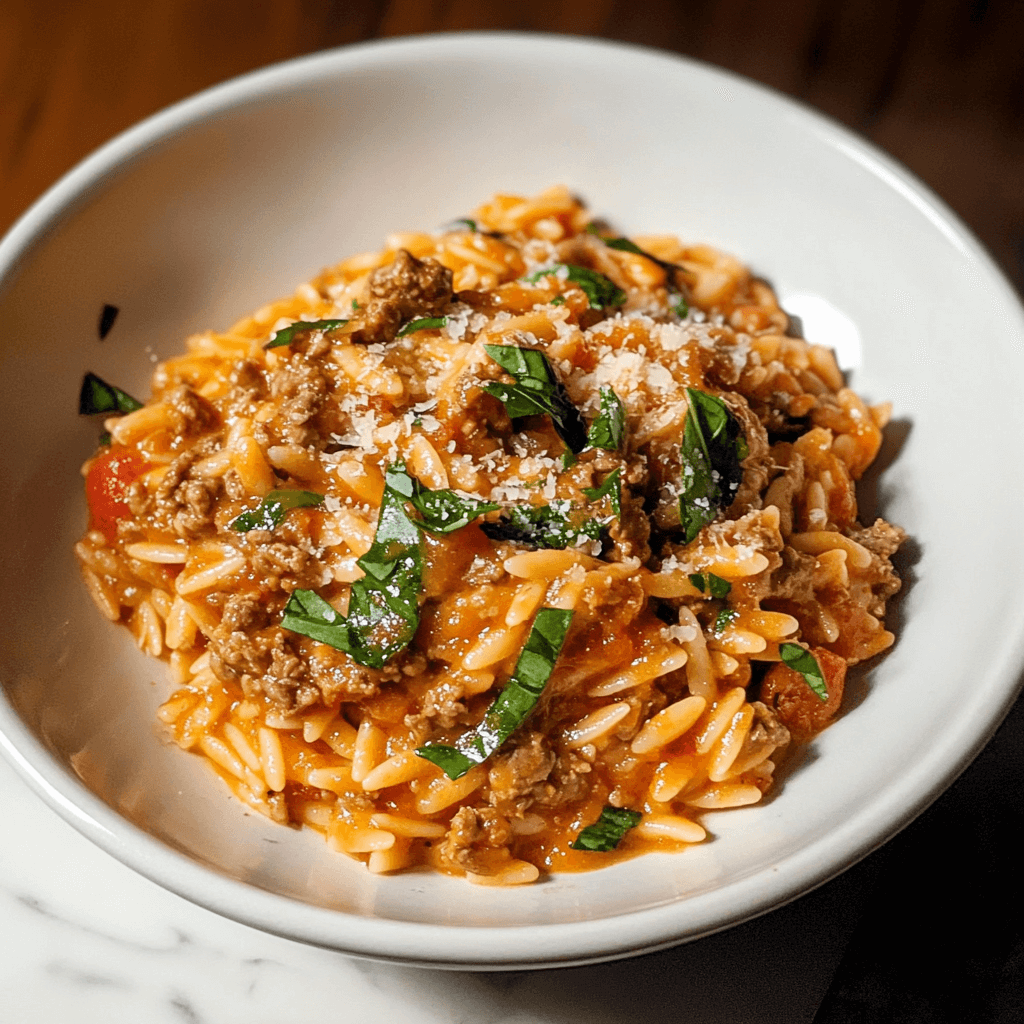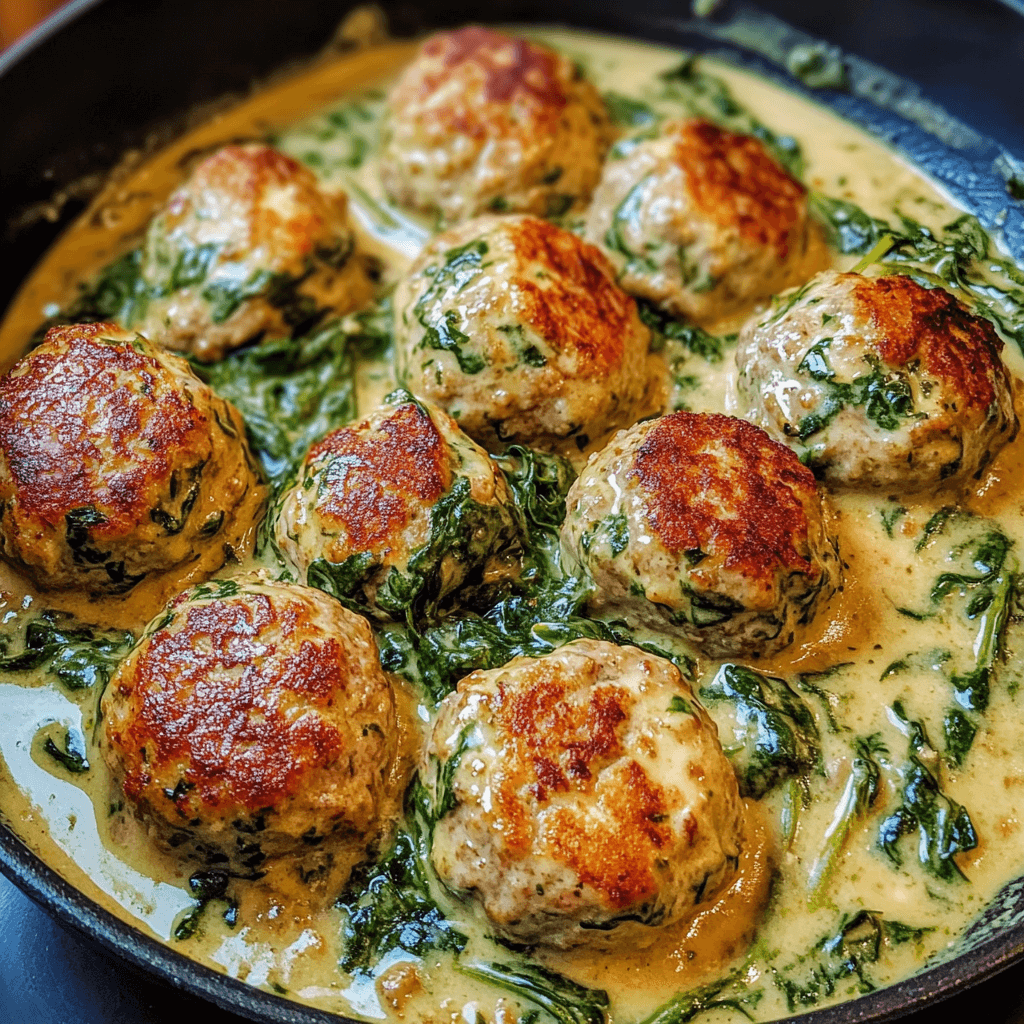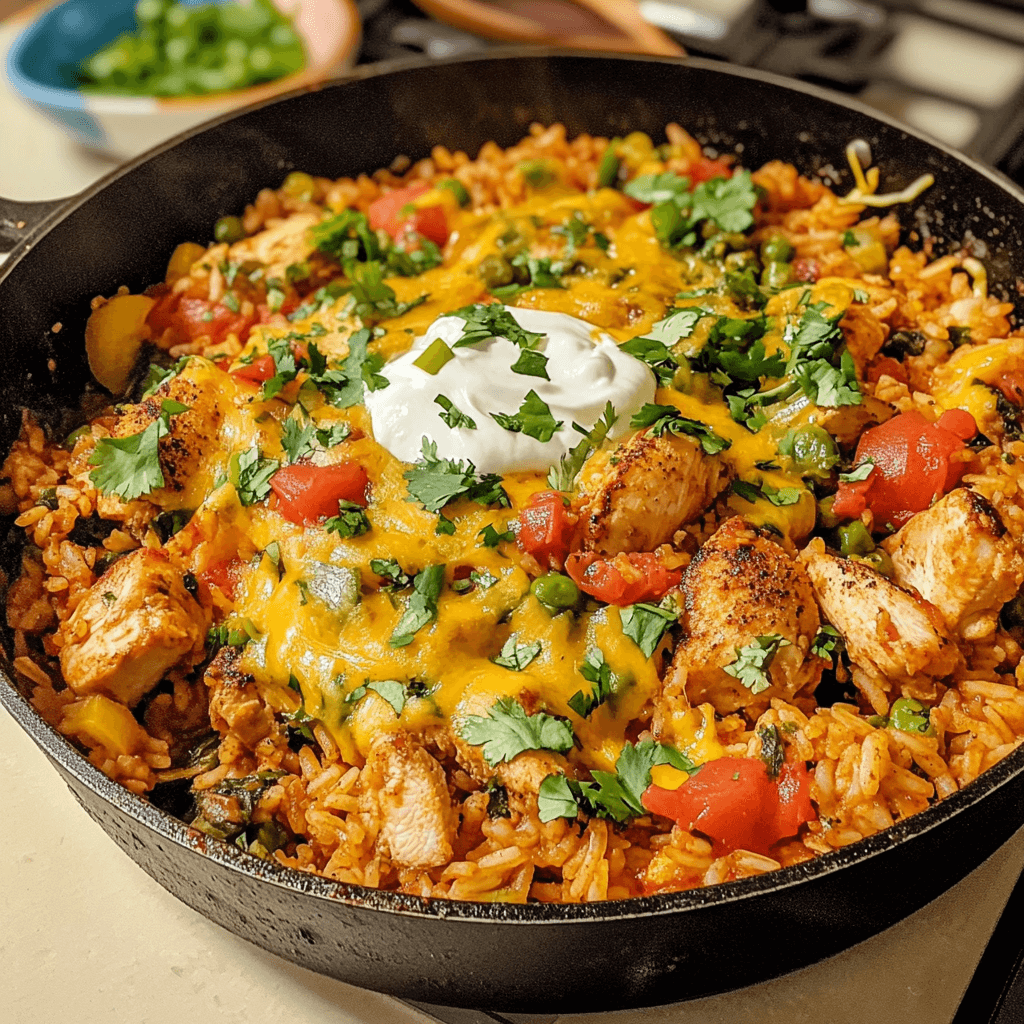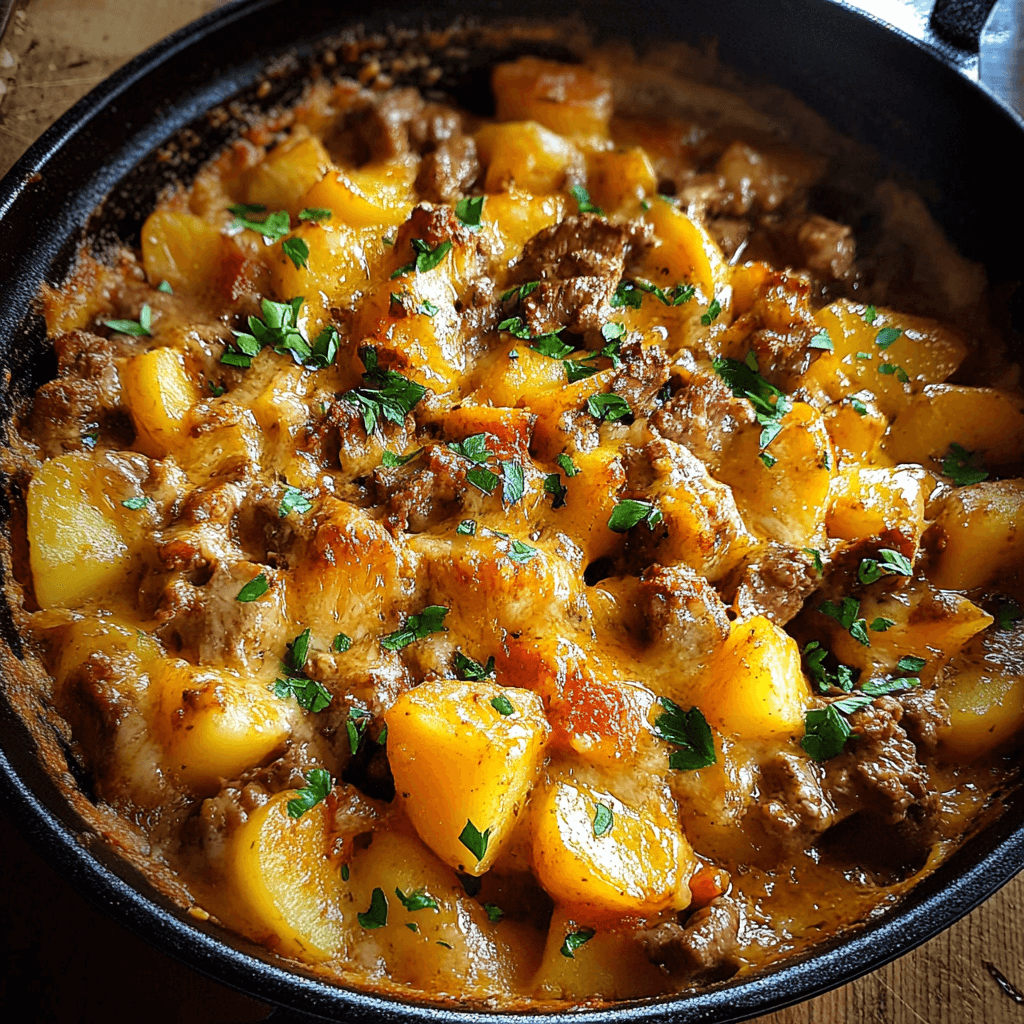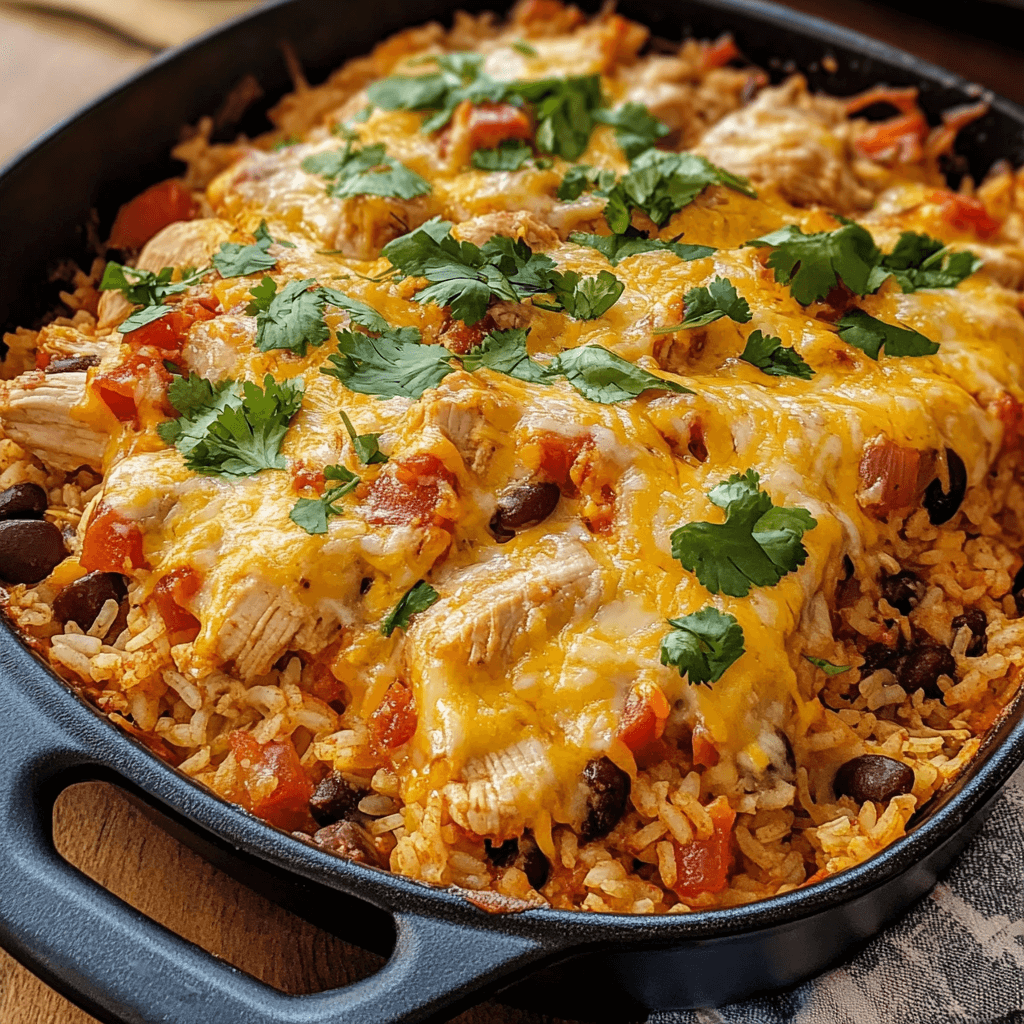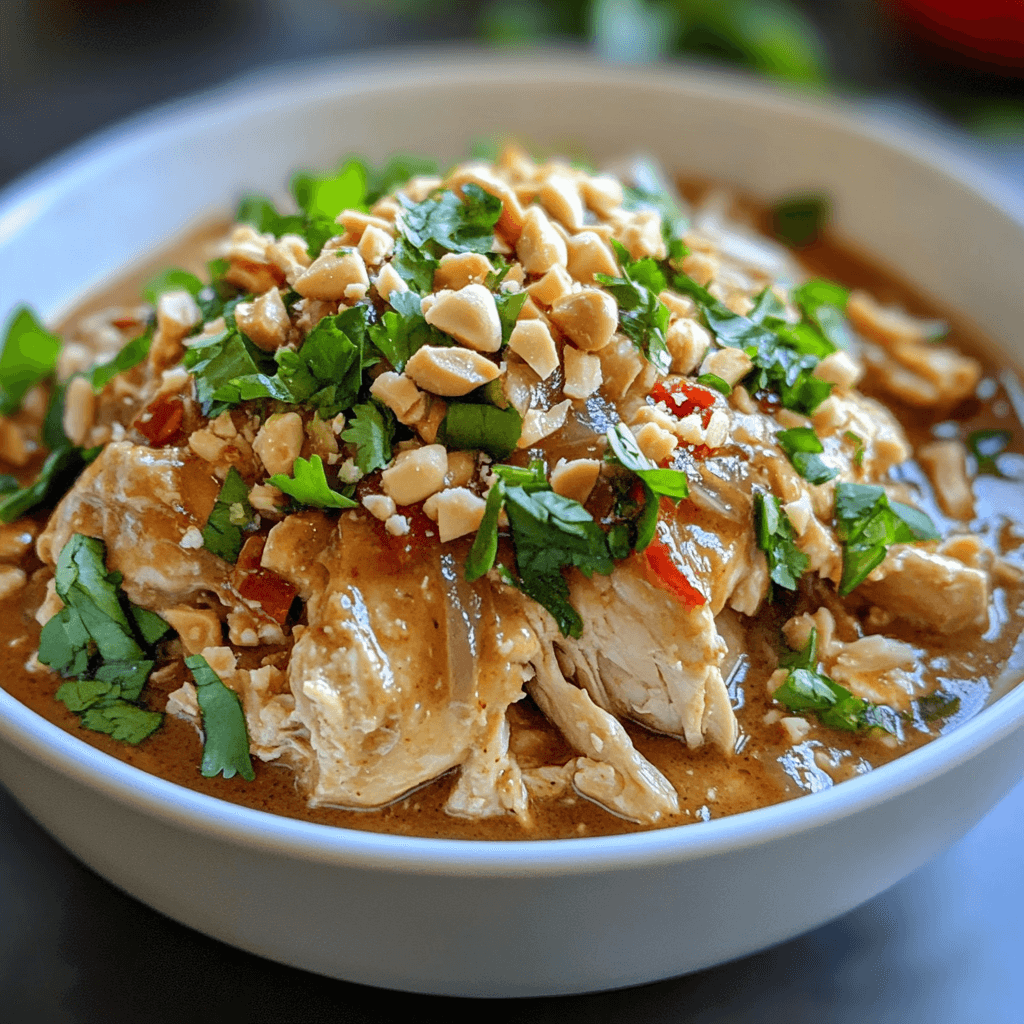Savor the Uniqueness: Japanese Hamburger Steak Unwrapped
Delving into the essence of Japanese comfort food, the hambagu stands out as a testament to the country’s culinary ingenuity. A treasured recipe that merges simplicity with profound flavor, this dish goes beyond the ordinary burger patty and is often accompanied by a bed of steaming rice and a rich, savory sauce. The allure of hambagu lies in its delicate balance of meat, subtle seasonings, and a delectable sauce that boasts a depth of flavor often heightened by a hint of sweetness.
The Hambagu Heritage: A Gastronomic Saga
The storied past of the hambagu is as rich as its taste, tracing back to the Meiji Restoration when Japan opened its doors to Western influences. From its inception in high-end Western-style restaurants to its current status as a staple in Japanese households, the hambagu has undergone a remarkable transformation. Western-style beef patties were artfully adapted using local ingredients such as soy sauce, mirin, and sake, which added layers of umami to the dish. This cross-cultural creation has continued to evolve, reflecting Japan’s gastronomic resilience and creativity. It is a dish that not only feeds the body but also tells the story of a nation’s dynamic food heritage.
For a deeper exploration of its history, The Japan Times offers an insightful article on the Western influences on Japanese cuisine. Additionally, Savory Japan provides context on how traditional ingredients like soy and mirin contribute to the dish’s unique taste. And for a more visual representation, the Taste of Home website features a variety of hambagu recipes that illustrate its versatility and adaptation over time.
Ingredients for Japanese Hamburger Steak Recipe
The ingredients for making a Japanese Hamburger Steak:
Ingredients:
- Choose Ground Meat:
- Select a mix of ground beef and pork for a rich flavor profile.
- Prepare Vegetables:
- Finely chop onions and garlic for incorporating into the meat mixture.
- Slice mushrooms and set them aside for the sauce.
- Gather Seasonings:
- Have soy sauce, Worcestershire sauce, and ketchup ready to enhance the flavor of the meat and sauce.
- Ensure salt and pepper are on hand for seasoning.
- Ready the Binding Agents:
- Beat an egg and measure out breadcrumbs to bind the meat mixture together, ensuring the patties hold their shape while cooking.
- Prepare the Sauce:
- Have red wine and beef stock available to create a rich, savory sauce.
- Ensure you have flour or cornstarch to thicken the sauce to your desired consistency.
- Include Additional Toppings:
- Prepare fresh greens, tomatoes, or a side of steamed rice to serve alongside the hamburger steak, enhancing the meal with additional textures and flavors.
- Cooking Oil:
- Ensure you have cooking oil, such as vegetable or canola oil, to cook the hamburger steaks to a golden brown.
Step-by-Step Cooking Guide
Prepare the Meat Mixture:
- Start by sautéing the chopped onions until translucent and allow them to cool.
- In a large bowl, combine the ground meat, cooled onions, chopped garlic, beaten egg, breadcrumbs, salt, and pepper.
- Add a dash of soy sauce and Worcestershire sauce for enhanced flavor.
- Mix the ingredients thoroughly and form them into oval-shaped patties.
Cook the Hamburger Steaks:
- Heat cooking oil in a skillet over medium-high heat.
- Place the formed patties in the skillet and cook until they develop a golden-brown crust.
- Flip the patties and cook the other side until browned and the patties are cooked through.
- Remove the patties from the skillet and set them aside.
Prepare the Sauce:
- In the same skillet, sauté the sliced mushrooms until they soften.
- Add flour or cornstarch to the mushrooms and stir to create a roux.
- Gradually pour in the red wine and beef stock, stirring continuously to prevent lumps from forming.
- Add ketchup and Worcestershire sauce, stirring until the sauce thickens.
- Adjust the seasoning with salt and pepper as per your taste.
Serve the Hamburger Steaks:
- Place the cooked hamburger steaks on plates.
- Generously ladle the mushroom sauce over the steaks.
- Accompany with fresh greens, tomatoes, or a side of steamed rice.
- Optionally, garnish with chopped parsley or chives for a burst of fresh flavor.
Enjoy Your Meal:
- Serve hot and enjoy your delicious Japanese Hamburger Steak with its savory mushroom sauce! You can also check other Steak recipes such as Round Steak and Calamari Steak.
Understanding the Flavors
Japanese hamburger steak offers a unique blend of flavors. Umami from the meat, sweetness from sautéed onions, and rich demi-glace sauce create a distinctive taste. This combination provides a uniquely Japanese taste, offering a delightful culinary experience.
Choosing the Right Meat for Japanese Hamburger Steak Recipe
Choosing the right meat is crucial for an exceptional hamburger steak. A mix of pork and beef provides balanced flavors and textures. Exploring different blends allows a nuanced understanding of each meat’s contribution, ensuring every bite is a revelation.
Sauces and Accompaniments
The demi-glace sauce, rich and velvety, complements the savory meat. Accompaniments like steamed rice and sautéed vegetables add additional flavor layers. Each component plays a vital role, ensuring every bite is a harmonious blend of savory and sweet.
Vegetarian and Vegan Alternatives
Creating a vegetarian or vegan hamburger steak involves using alternatives like tofu or tempeh. This ensures the dish remains accessible and enjoyable without sacrificing its rich, umami flavors. Tofu and tempeh stand as delightful variants with their own culinary merit.
Cooking Tips and Tricks of Japanese Hamburger Steak Recipe
Expert tips can elevate the cooking experience of Japanese hamburger steak. Allowing the meat mixture to rest and ensuring the pan is at the right temperature are pivotal. These steps ensure the hamburger steak is a culinary experience with every bite.
Pairing with Drinks
Choosing drinks to pair with hamburger steak enhances the dining experience. A robust red wine or a crisp lager each offer a unique pairing, ensuring each bite and sip is a harmonious dance of flavors, providing a symphony of culinary delight.
Personal Experiences with Japanese Hamburger Steak Recipe
My first encounter with hambagu was a journey through Japan’s culinary landscape. Each bite was a harmonious blend of savory and sweet, reflecting the careful consideration of Japanese cooking. It was a story, narrating Japan’s culinary history and its commitment to delightful dishes.
Serving Suggestions
The art of serving Japanese hamburger steak, or hambagu, lies in balancing flavors and textures on the plate. A classic presentation involves placing the juicy, pan-seared patty alongside a mound of fluffy, steamed white rice. Drizzling the rich, umami-laden demi-glace sauce over the patty adds a luxurious, savory note that complements the meat exquisitely. On the side, consider a vibrant, crisp salad or lightly sautéed vegetables to introduce a fresh, crunchy element that contrasts the softness of the meat and rice. For an additional touch of authenticity, a small portion of pickled vegetables or a light miso soup can elevate the meal, providing a tangy or savory contrast that enhances the overall dining experience, making each bite a delightful exploration of Japanese culinary harmony.
Storing and Reheating Guidelines
To store leftover Japanese hamburger steak, or hambagu, allow it to cool completely before placing it in an airtight container. Refrigerate promptly to maintain its freshness and prevent bacterial growth. For optimal flavor, consume refrigerated leftovers within three days. When reheating, ensure the patty reaches an internal temperature of at least 165°F (74°C) to ensure safety. You may reheat it in a skillet over medium heat, gradually warming and allowing the sauce to reabsorb into the meat. Alternatively, using a microwave is a quick and convenient option. If frozen, thaw in the refrigerator overnight before reheating. Always observe the color, smell, and texture to ensure quality before consuming. Proper storage and reheating are crucial to maintaining the delightful flavors and safe consumption of the hambagu.
Nutritional Information with Macros Details
A typical serving of Japanese hamburger steak, or hambagu, can provide a balanced macro-nutritional profile, though exact values can vary based on specific recipes and portion sizes. Generally, a standard serving might contain approximately 300-400 calories, with around 20-25g of protein, 20-30g of fat, and 10-20g of carbohydrates, primarily from the meat and sauce. The accompanying demi-glace sauce, while delectable, can be a source of added sugars and sodium. Side dishes, such as steamed rice, will contribute additional carbohydrates, typically around 45g per one-cup serving. Vegetables, depending on the type and preparation, add minimal calories but contribute valuable fiber, vitamins, and minerals. To create a meal that aligns with specific dietary goals, adjustments can be made to the meat blend, sauce, and accompaniments, ensuring a delicious yet nutritionally mindful dining experience.
Kids-Friendly Version of the Recipe
Creating a kid-friendly version of the Japanese hamburger steak, or hambagu, involves considering milder flavors and fun presentations. Opt for a meat blend that is lean and tender, ensuring easy chewing and digestion for little ones. When preparing the demi-glace sauce, consider reducing or omitting ingredients like wine and focusing on a slightly sweeter, milder profile that appeals to younger palates. For a playful presentation, mold the patties into fun shapes using cookie cutters, or create a cute face on the plate using vegetables as eyes and a mouth. Serve with sides that are popular among children, such as mashed potatoes or simple steamed vegetables, ensuring they are cut into bite-sized pieces. This approach not only provides a balanced, nutritious meal but also makes dining a fun, engaging experience for kids.
Comparing Japanese and Western Hamburger Steaks
Japanese hamburger steak, known as hambagu, and Western hamburger steaks showcase diverse culinary approaches and flavor profiles, reflecting their respective cultural contexts. Hambagu often features a blend of pork and beef, seasoned with ingredients like soy sauce and onions, and is typically served with a rich, umami demi-glace sauce and a side of rice. In contrast, Western hamburger steaks might lean towards a pure beef patty, seasoned with various herbs and spices, and are often served with a brown gravy, accompanied by mashed potatoes or a different side. The Japanese version tends to embrace a harmony of savory and slightly sweet flavors, while the Western counterpart might prioritize hearty, robust savory notes. Both versions, while sharing a common foundational concept, offer unique, delightful culinary experiences, each representative of their own gastronomic traditions and preferences.
Conclusion
Japanese hamburger steak, hambagu, is a culinary narrative of Japan’s rich history and innovative spirit in gastronomy. It embodies a harmony of flavors and culinary techniques, resonating with its native and international origins. The hambagu continues to enchant generations with its rich, umami-laden symphony of flavors.
FAQs about Japanese Hamburger Steak
What is Japanese Hamburger Steak?
Japanese Hamburger Steak, or “hambagu,” pairs a seasoned meat patty with a rich demi-glace sauce and typically accompanies rice and vegetables.
How does it differ from a Western hamburger?
Unlike Western hamburgers, hambagu doesn’t use a bun and features a demi-glace sauce, rice, and vegetables instead.
What are common side dishes with hamburger?
Hambagu often comes with steamed rice, sautéed vegetables, and occasionally, a side of pasta.
Can it be made vegetarian or vegan?
Yes, chefs can create vegetarian or vegan hambagu using tofu or tempeh as meat alternatives.
What is the significance of the demi-glace sauce?
Demi-glace sauce imparts a rich, umami flavor, enhancing the savory meat patty in hambagu.
Is hamburger considered fast food in Japan?
Hambagu appears in fast food, home cooking, and various restaurants in Japan, showcasing its versatility.
How is hamburger typically cooked?
Chefs pan-fry hambagu to achieve a seared crust, then simmer it in demi-glace sauce to enhance its flavor.
Can hamburger be prepared in advance?
Yes, you can prepare hambagu in advance, and some believe reheating enhances its flavor.
Is hamburger typically spicy?
Traditional hambagu doesn’t bring heat but offers savory and slightly sweet flavors.
Is Japanese hamburger steak the same as Salisbury steak?
While both involve a meat patty, hambagu and Salisbury steak differ in ingredients, flavor profiles, and accompaniments.
Why do Japanese like hamburger steak?
Japanese people enjoy hambagu for its rich umami flavor, versatile pairings, and comforting, hearty nature.
What is the difference between Salisbury steak and hamburger steak?
Salisbury steak and hambagu have different origins, ingredients, and typically pair with different sides and sauces.
What’s the difference between a hamburger and a hamburger steak?
Hamburgers feature in buns with toppings, while hamburger steaks appear with sauce and side dishes, without a bun.

